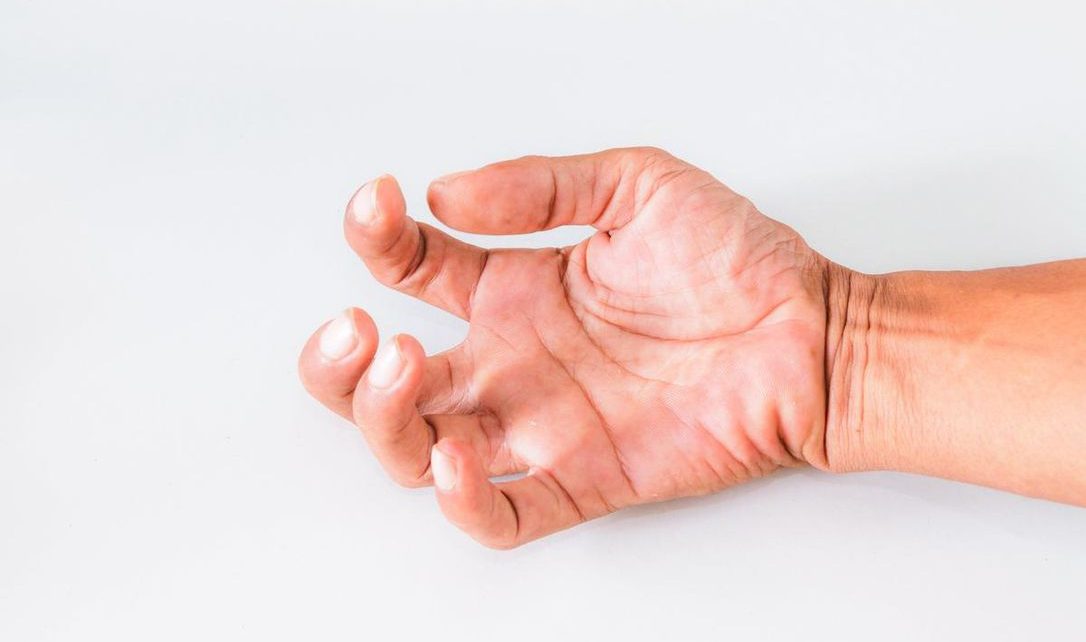By Dr. Chris BouliasSpecial to the Star
Mon., June 25, 2018
Imagine your fist is tightly closed and you can’t open it. You can’t release it to open a jar, let alone pick up a pencil. Now imagine living with this condition for months or even years. This is spasticity.
Spasticity is a tightening of muscles in the limbs caused by neurological conditions. It affects the central nervous system and is most often found in people who have suffered from stroke, cerebral palsy and multiple sclerosis. The real tragedy is that this neurological disorder is often overlooked or misdiagnosed, resulting in complications that can worsen over time.
/https://www.thestar.com/content/dam/thestar/life/health_wellness/analysis/2018/06/25/the-unknown-debilitating-stroke-side-effect-many-doctors-dont-recognize/spasticity.jpg)
Spasticity may feel like stiffness or tightness of muscles and it’s often painful to stretch the affected muscles. The main problem, though, is the way it hinders a person’s daily function: either active function, meaning you can’t reach; grasp a utensil to feed yourself; dress/undress; or walk, or passive function, where there is an increased burden of care on the caregiver, such as difficulty managing hygiene or helping to dress/undress their loved one.
For up to 365,000 Canadians living with this condition, it can be painful. Combine that with the inability to engage in day-to-day activities, and spasticity can seem insurmountable. Untreated spasticity can also lead to complications such as joint tightening and skin breakdown.
But spasticity can be treated, giving patients the ability to get their lives back on track. Physicians are starting to understand that rehabilitation can really help. In the past decade, we’ve seen triple the number of patients treated at West Park Healthcare Centre’s rehabilitation clinic. When spasticity is caught in the early stages, it can most often be managed through a combination of exercise and medications or injections. We often videotape our patients to show them the progress they are making throughout their rehab journey — and the improvements are truly remarkable.
Article Continued Below
The key is to get even more doctors to recognize the condition and encourage their patients to seek treatment.
In two separate studies, my team found that at least half of Ontario family physicians don’t feel they are adequately trained to recognize spasticity and more than 90 per cent said they didn’t know enough to treat spasticity in their patients. Across Canada, 75 per cent of family physicians could not correctly identify the definition of spasticity.
Yet, in Toronto alone, there are potentially 13,000 stroke survivors living with spasticity who could benefit from neurological rehab.
In addition to making a concerted effort to train the current and next generation of doctors, our team often travels around the province to help teach other physicians how to recognize these signs and symptoms in their patients.
Signs and symptoms of spasticity
- A person with spasticity will describe muscle stiffness in the affected limb(s)
- Spasticity can impact active function when a patient is trying to do things independently
Article Continued Below
- Spasticity in the arm muscles can result in difficulty extending the arm in activities such as reaching out to open a door
- Spasticity in finger muscles can result in difficulty opening the fingers in order to grasp objects like a cup of coffee
- Spasticity in the arms or the legs can result in difficulty putting on clothes
- Spasticity in the leg muscles can make movement difficult and impact walking ability
- Spasticity can also affect passive function when a caregiver is trying to help the patient
- Spasticity can make movement difficult for caregivers in providing help with day to day activities
- Cleaning and maintaining hygiene can be very difficult for example if the fingers are closed shut as a result of spasticity in the muscles that control hand movements
- Spasticity can result in extreme difficulty for the caregiver to manoeuvre the arms and legs in order to provide assistance
- Spasticity can also cause pain at rest or during movements that require the stretching of the tight muscles
- Spasticity can result in skin problems as well as shortening of muscles especially in patients that do not receive appropriate treatment
Dr. Chris Boulias is an Assistant Professor, Physical Medicine and Rehabilitation at U of T, and Staff Physician at the West Park Healthcare Centre.
TOP STORIES, DELIVERED TO YOUR INBOX.
NEW NEWSLETTERHEADLINES






